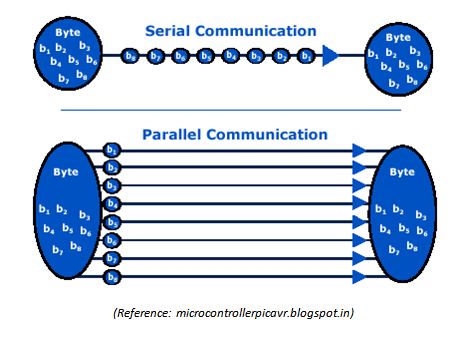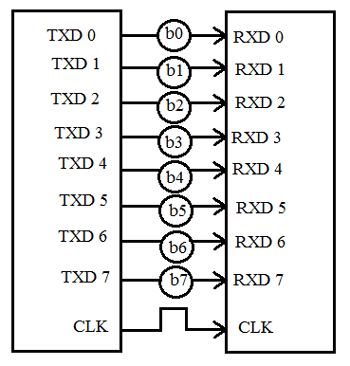

In rare instances though, chips can be daisy chained together with the MISO pin of one chip connected to the MOSI pin of the next chip in order, with SCK and CS connected bus fashion. Typically, the three primary pins of the SPI system, SCK, MISO and MOSI, will be connected in a bus fashion, each tapping into the line at some point along the way. The SS line on the Arduino is the Slave Select line for the ATmega328P, and would be used if the Arduino was acting as a slave on the SPI bus, however the SPI library does not support that activity. This line can also be referred to as “Chip Select” and is always active low. In addition to these three lines, you will most commonly have a Slave Select line, SS, that governs which chip is being controlled at any particular time. SPI has the added benefit of having individual datalines for each direction of communication, this allows bidirectional simultaneous data transfer between the master and the secondary component.Įvery SPI implementation will include three signaling lines at a minimum: the clock line called SCK, the Master In / Slave Out line called MISO (Me-So) and the Master Out / Slave In line called MOSI (Moh-See). There is no addressing signal mechanism necessary in SPI as there is in I2C. A chip is told that communications are going to begin with it by pulling a specific pin to a logic low state. The SPI system is accessed using the SPI library, and is capable of running at seven different speeds, from 62.5kHz up to 8mHz.Īll SPI chips are managed in a single master model, meaning only one device on a SPI bus will ever control the clock signal. The SPI standard, such as it is, is much looser than that for I2C, and manufacturers are able to develop their signaling schemes using a wide variety of speeds and triggering methods. (My brain flips between the two at will, so I apologize in advance for sentences that read “…many devices can exist on a SPI bus, however we’ll want to have an SPI bus that…”) I.”, or as an acronym pronounced like “spy”. The name, “SPI” is pronounced commonly by either it’s individual letters, “S. The Arduino has an internal subsystem dedicated to managing SPI interactions and has four pins dedicated to this functionality, although you’ll only likely use three of them for the most part. It was introduced in 1985 for use with the M68HC11 microcontroller. SPI stands for Serial Peripheral Interface and was developed by Motorola. This module is dedicated to SPI basics theory, so no hardware is necessary at this point. No schematic is associated with this module.

Atmel AppNote: Setup And Use of The SPI.Here are some additional resources for those interested in obtaining greater technical detail… This is the first module describing SPI, consequently, reading through the previous sections will be helpful for the less experienced, but are not necessarily essential. Determine how SPI components are selected for communication.

Define the four signaling lines in a SPI system.Understand why pull up resistors are not needed.Understand how components on the SPI bus are connected.This is just an overview, with the most important aspects receiving their own dedicated modules to provide greater detail. This module begins our discussion of SPI basics by introducing the theory, structure and signalling of the SPI serial communications bus.


 0 kommentar(er)
0 kommentar(er)
